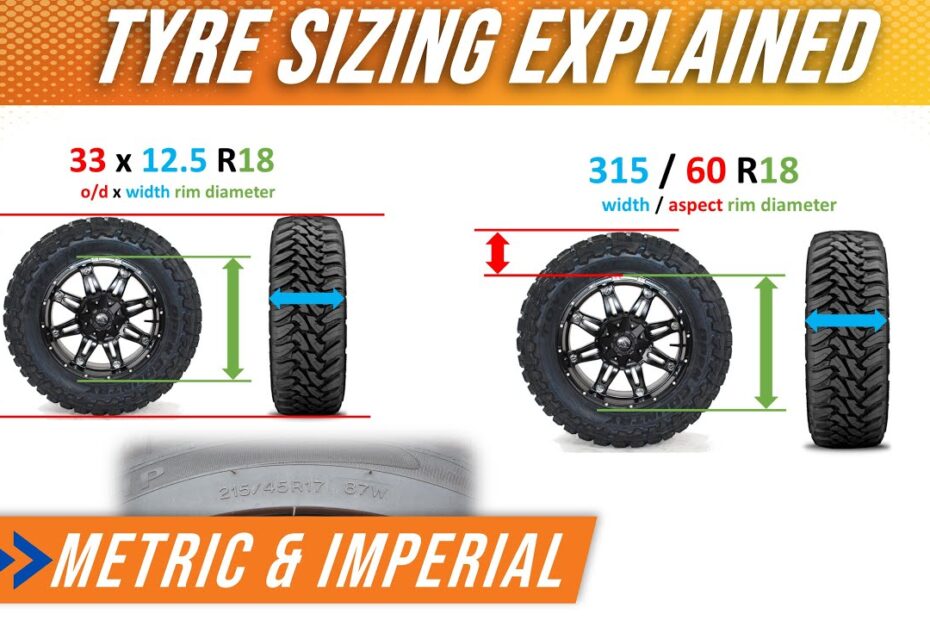What does 205 55 r16 mean on a tire?
So, you’ve stumbled upon the cryptic code 205 55 R16 on your tire and thought, “Is this a secret message from aliens?” Fear not, it’s just your tire’s way of telling you its life story. The 205 refers to the tire’s width in millimeters—basically, how “wide” it likes to show off. The 55 is the aspect ratio, which is a fancy term for how tall the tire’s sidewall is compared to its width. Think of it as the tire’s “height-to-width” selfie ratio. Finally, the R16 stands for the rim diameter in inches, because tires love mixing metric and imperial systems just to keep you on your toes.
But wait, there’s more! Here’s a quick breakdown to make you sound like a tire expert at your next dinner party:
- 205: Tire width in millimeters (the “I’m not fat, I’m just big-boned” measurement).
- 55: Aspect ratio (the tire’s way of saying, “I’m not short, I’m compact”).
- R16: Rim diameter in inches (because tires love a good identity crisis).
Now you know that 205 55 R16 isn’t a secret tire language—it’s just your tire’s way of saying, “I’m built for this exact wheel, so don’t try to swap me out for something else!”
Which tire is taller, 60 or 70?
When it comes to tire sizes, the numbers can feel like a secret code only mechanics understand. The “60” and “70” in tire sizes refer to the aspect ratio, which is the height of the tire’s sidewall as a percentage of its width. So, a tire with a 70 aspect ratio has a taller sidewall than a 60, assuming the width is the same. In other words, the 70 is the taller tire—like the basketball player of the two, while the 60 is more of a sprinter.
Here’s a quick breakdown to make it crystal clear:
- A 60 tire: Shorter sidewall, sportier look, and better handling.
- A 70 tire: Taller sidewall, smoother ride, and more cushion for bumps.
So, if you’re wondering which tire is taller, the 70 takes the crown—literally. It’s the one that’s reaching for the sky while the 60 stays closer to the ground, keeping things low-key and aerodynamic.
What do the numbers on a tyre size mean?
Ever looked at the side of your tyre and felt like you were decoding a secret message from the Rubber Gods? Fear not, those numbers aren’t there to confuse you (though they’re doing a great job at it). They’re actually a roadmap to understanding your tyre’s size, type, and capabilities. Think of it as your tyre’s ID card, but without the awkward photo.
Here’s the breakdown:
- First number (e.g., 205): This is the tyre’s width in millimeters. Yes, millimeters. Because who doesn’t love a little metric system in their life?
- Second number (e.g., 55): This is the aspect ratio, or the height of the tyre’s sidewall as a percentage of its width. Basically, it’s the tyre’s way of saying, “I’m not fat, I’m just proportionally tall.”
- Letter (e.g., R): This stands for the tyre’s construction type. “R” means radial, which is the most common type. If it’s not an “R,” your tyre might be a time traveler from the 1970s.
- Last number (e.g., 16): This is the diameter of the wheel in inches. Yes, inches. Because why stick to one measurement system when you can mix and match?
So, next time you’re staring at those numbers, remember: they’re not just random digits. They’re the key to understanding your tyre’s personality. And if you’re still confused, just blame the Rubber Gods—they’re the ones who made this so complicated.
What does 35×12 5×17 mean on a tire?
Ever looked at your tire and thought, “Is this a secret code or just a math problem I failed in high school?” Fear not, because 35×12 5×17 isn’t a riddle—it’s your tire’s way of telling you its size. The first number, 35, is the tire’s overall diameter in inches. The second number, 12.5, is the tire’s width in inches (yes, it’s a chunky one). Finally, 17 is the wheel diameter in inches, which is the size of the rim it fits on. So, in plain English, it’s a big, wide tire for a 17-inch wheel—perfect for making your ride look tough and ready for adventure.
But wait, there’s more! Here’s a quick breakdown of what each number means in a handy list:
- 35: Overall tire diameter (in inches)
- 12.5: Tire width (in inches)
- 17: Wheel diameter (in inches)
So, the next time someone asks, “What’s 35×12 5×17?” you can confidently say, “It’s not a math problem—it’s my tire’s way of flexing its muscles!”
